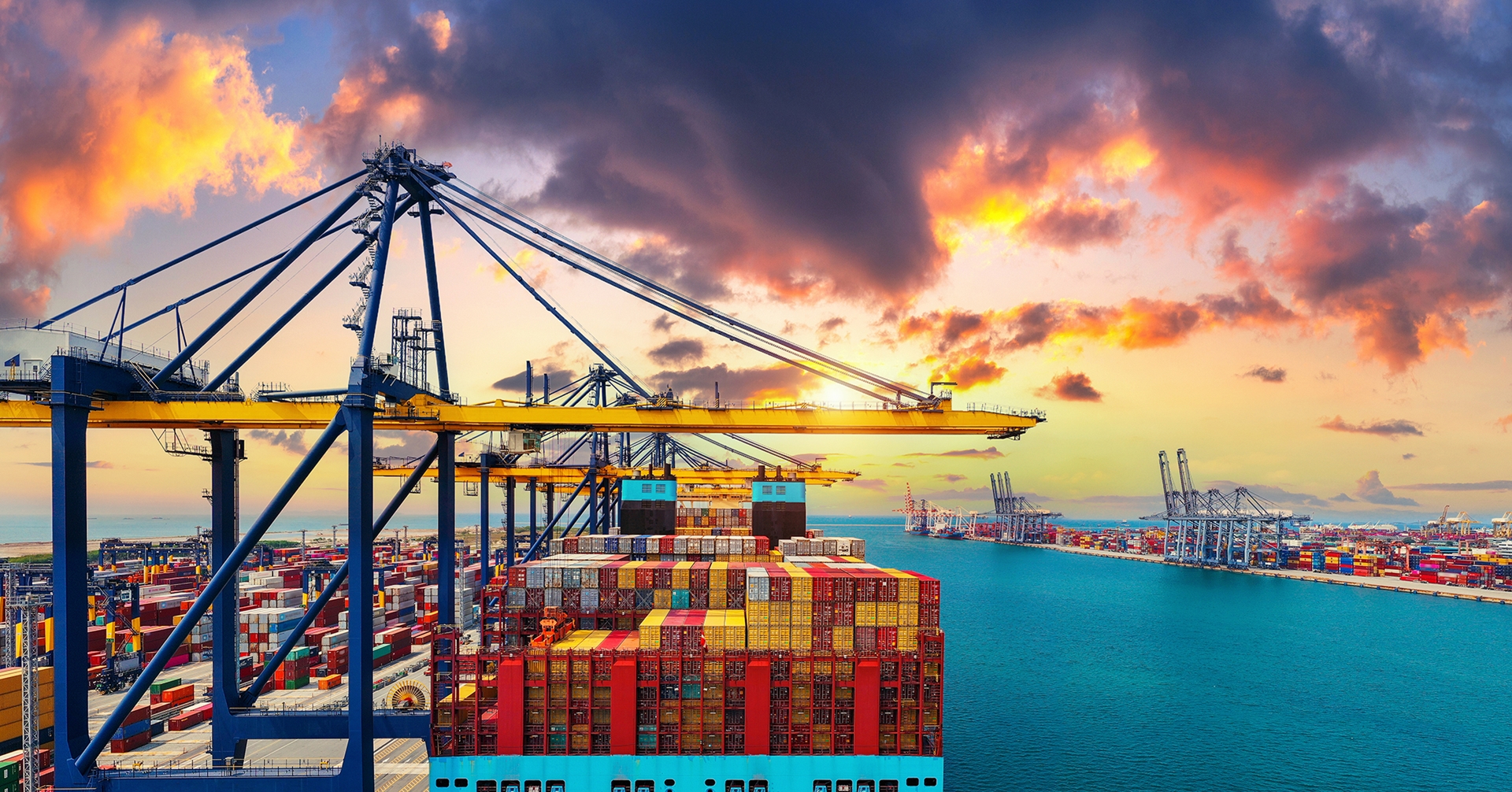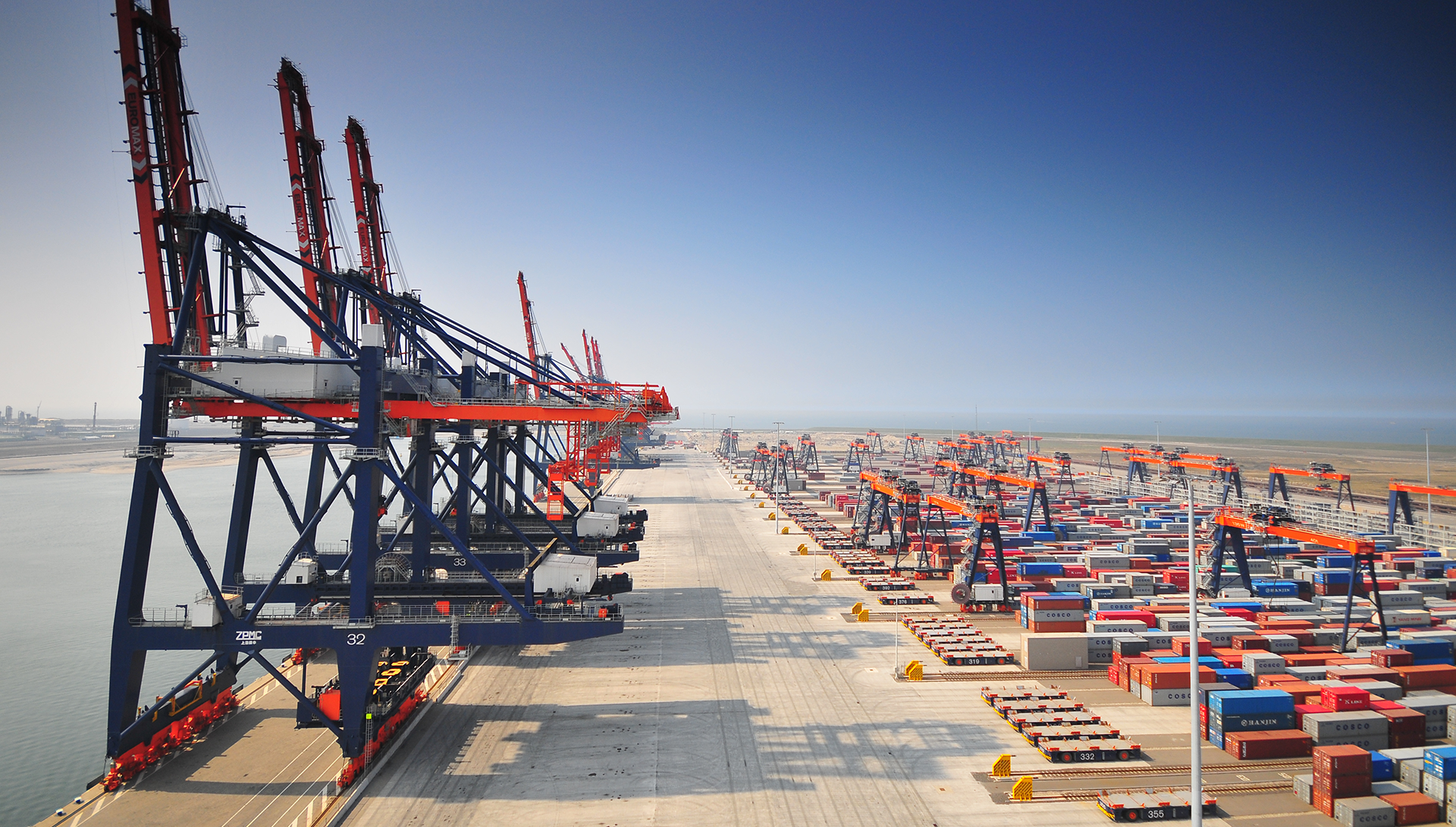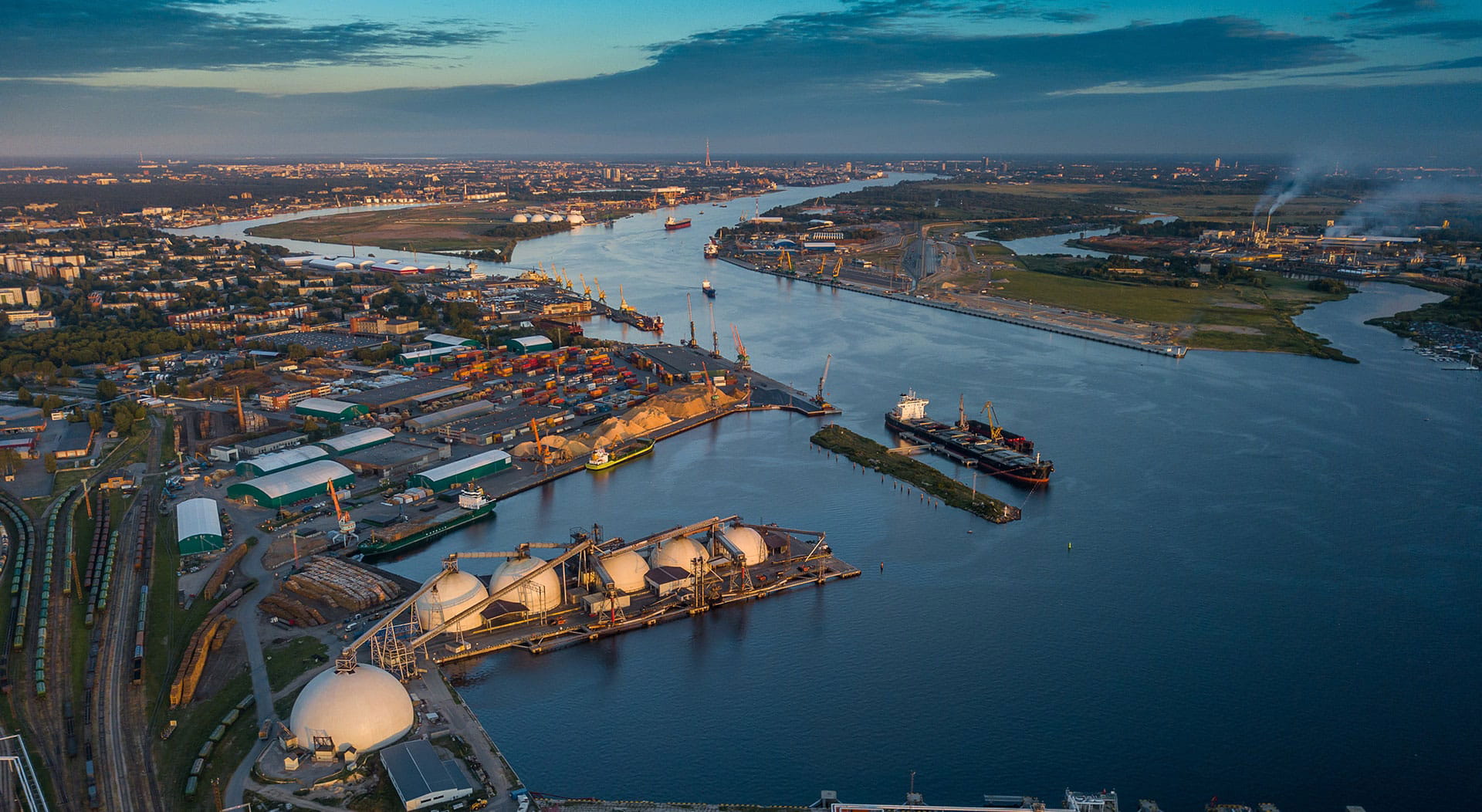Prevention is better than cure: early intervention to reduce CO2 in ports

The pandemic has made clear that early intervention can fend off serious issues. We suggest there is also a positive business case for pre-emptive treatment of another global threat – CO2 emissions. Combining a lower environmental impact with an economic argument could drive real progress, particularly in the ports and maritime sector.
CO2 emissions might be just one of the factors that contribute to the environmental cost indicator commonly used in construction projects, but they do have a significant impact on the overall score. Due to the production and transportation of raw materials and the lengthy build times, construction of port, maritime and waterfront structures come with a substantial CO2 burden. Taking early measures to reduce CO2 emissions offers a significant opportunity to lower both environmental and financial costs.
The size and timescales of port construction projects have also led to the sector lagging others, as momentum to address carbon emissions gathers pace. As legislation and social expectation grows, all industries are under pressure to deliver against the UN’s Sustainable Development Goals and the policies confirmed at the COP26 summit. Ports may have some way to go before they catch up with other major infrastructure such as roadworks, building projects, onshore infrastructure, but this lower starting point means that greater gains are available to be tapped.
The advantage of integrating CO2 emissions into the technical design and financial planning is that it provides a complete picture of the implications of a scheme. In a recent project we saw that 14 per cent of CO2 emissions could be cut against just a five per cent higher investment. The absolute reduction in CO2 emissions was 1,500 tonnes. That’s the equivalent of 300 economy class return flights from Amsterdam to Sydney. By acting early, we were able to mitigate the environmental and social impact and avoid the need for compensatory measures. In this case, early intervention saved a compensation requirement equivalent to 125 ha of forest growing for one year.
In the traditionally conservative ports and maritime sectors the potential savings are increased as the sector has a lower starting baseline making larger improvements possible. The lengthy design, construction and lifespan of waterfront structures make it even more imperative that operators pursue the latest innovations in carbon reduction to minimise risk from rapidly changing legislation.
Around the globe the ports sector is at very different stages. Outside of Europe, legislation around CO2 is in its infancy. Even if there isn’t yet a legal requirement to reduce CO2 emissions, the growing social expectation combined with the potential savings delivered by early consideration, should encourage operators to adopt a forward-thinking approach to CO2 mitigation. As we discussed in a recent blog, the focus seen at COP26 on the financial aspect of decarbonisation will be a factor that drives rapid change.
By adopting an approach which seeks to understand and address the CO2 impact of a project, engineers, clients, and governments can act early and have a far greater long-term impact.
The size and timescales of port construction projects have also led to the sector lagging others, as momentum to address carbon emissions gathers pace. As legislation and social expectation grows, all industries are under pressure to deliver against the UN’s Sustainable Development Goals and the policies confirmed at the COP26 summit. Ports may have some way to go before they catch up with other major infrastructure such as roadworks, building projects, onshore infrastructure, but this lower starting point means that greater gains are available to be tapped.
Ports make a big impact, so reducing their emissions does too
Just as we are working hard to integrate green and smart ports solutions into the entire design and build process, at Royal HaskoningDHV we don’t believe that CO2 calculations should be viewed as an extra. They, along with green and smart port innovations, should be an integral part of the design and one that can have a significant effect on both financial and environmental costs.The advantage of integrating CO2 emissions into the technical design and financial planning is that it provides a complete picture of the implications of a scheme. In a recent project we saw that 14 per cent of CO2 emissions could be cut against just a five per cent higher investment. The absolute reduction in CO2 emissions was 1,500 tonnes. That’s the equivalent of 300 economy class return flights from Amsterdam to Sydney. By acting early, we were able to mitigate the environmental and social impact and avoid the need for compensatory measures. In this case, early intervention saved a compensation requirement equivalent to 125 ha of forest growing for one year.
Port structures have a long lifespan
The earlier CO2 calculations can be introduced to the design process, the greater influence they can have. An early assessment of the CO2 emissions of a structure of construction process can cut compensation requirements to be fulfilled at project completion.In the traditionally conservative ports and maritime sectors the potential savings are increased as the sector has a lower starting baseline making larger improvements possible. The lengthy design, construction and lifespan of waterfront structures make it even more imperative that operators pursue the latest innovations in carbon reduction to minimise risk from rapidly changing legislation.
Around the globe the ports sector is at very different stages. Outside of Europe, legislation around CO2 is in its infancy. Even if there isn’t yet a legal requirement to reduce CO2 emissions, the growing social expectation combined with the potential savings delivered by early consideration, should encourage operators to adopt a forward-thinking approach to CO2 mitigation. As we discussed in a recent blog, the focus seen at COP26 on the financial aspect of decarbonisation will be a factor that drives rapid change.
The greener, smarter future of ports
The design of ports and waterfronts now makes use of some of the most cutting-edge design tools – including parametric design, digital twins and the exploitation of big data, allowing for greater innovation. Combining these tools with CO2 calculations allows the impact of alternative designs or even minor adjustments to be quickly assessed and viable CO2 reduction opportunities identified.By adopting an approach which seeks to understand and address the CO2 impact of a project, engineers, clients, and governments can act early and have a far greater long-term impact.


